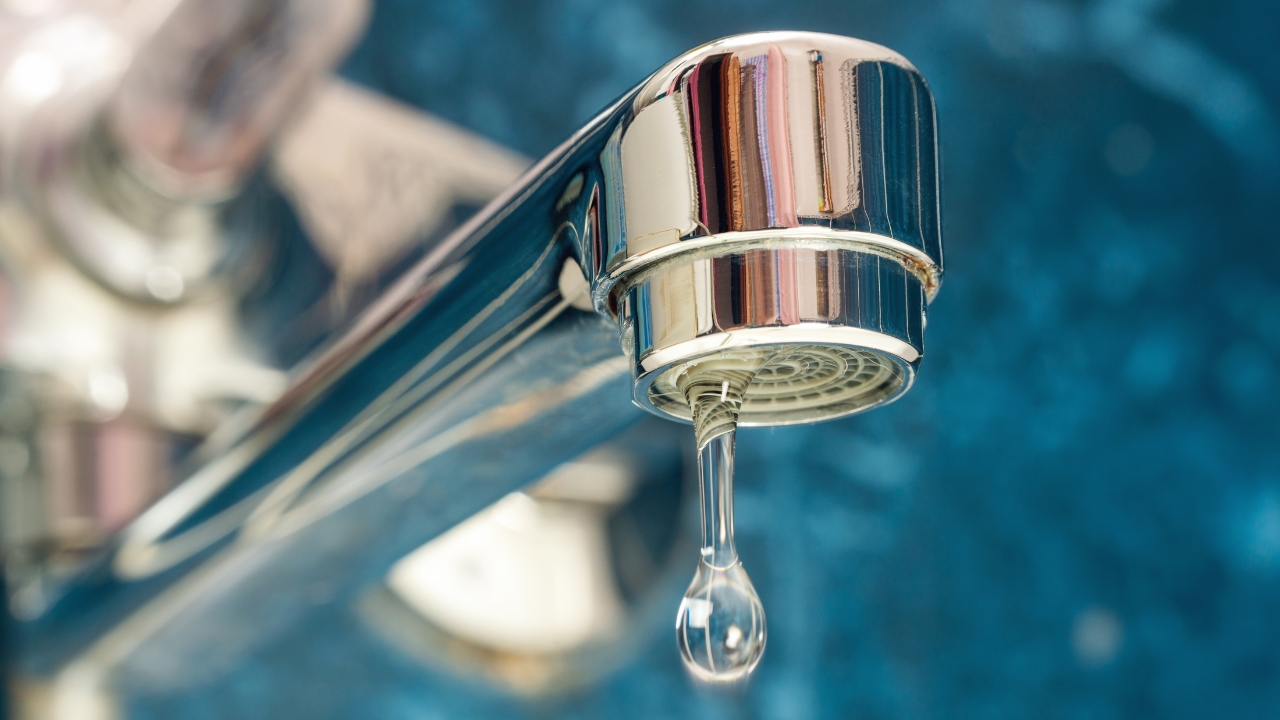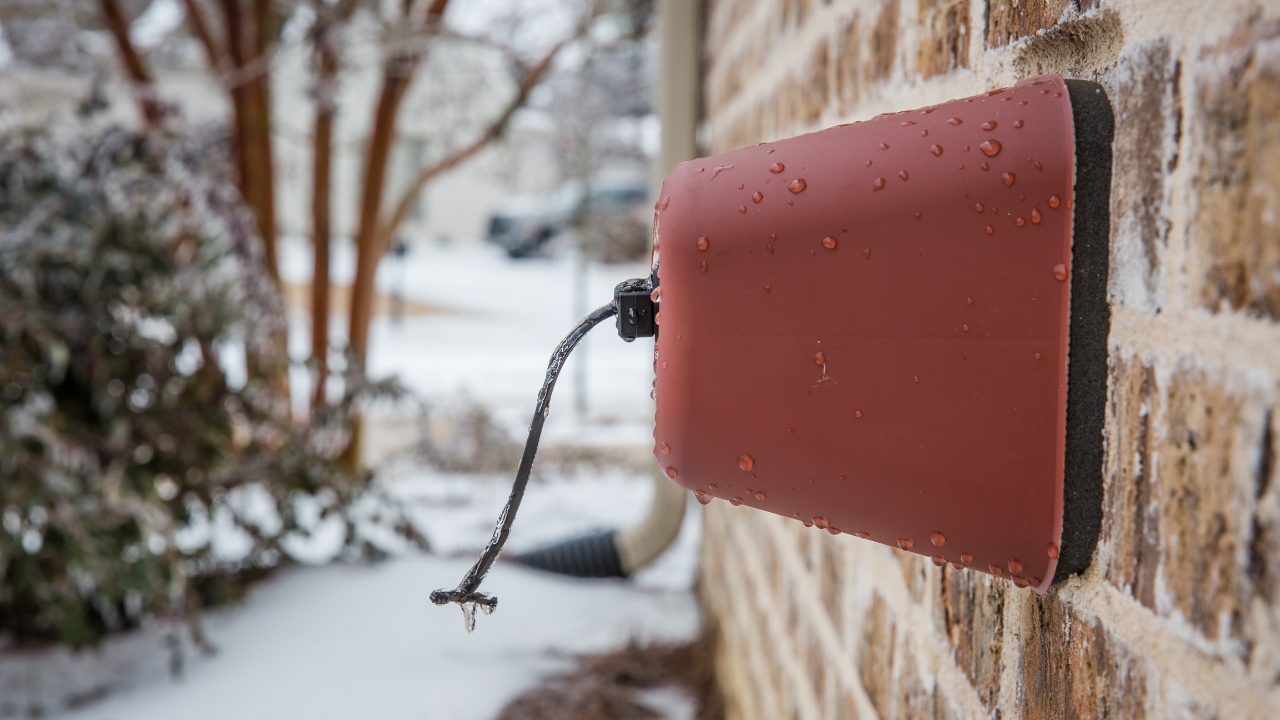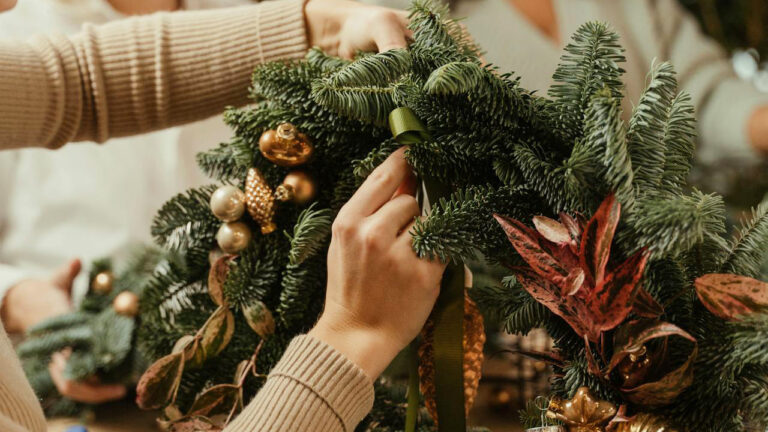Simple pipe protections tips that prevent frozen lines
Winter pipes don’t wait for a convenient time to freeze. If you’ve ever woken up to no water on a hard cold snap, you know the panic. The good news: a few simple moves make your lines far more resilient without calling a plumber. Think insulation, airflow, and gentle heat where it matters most.
Add real insulation where pipes touch exterior walls
Bare copper or PEX against a cold exterior wall loses heat fast. Wrap exposed runs with foam pipe sleeves and seal seams with foil tape so there aren’t gaps.
If cabinets back up to that wall, line the back panel with a sheet of foam board. It’s a cheap buffer that slows heat loss overnight.
Keep warm air moving to vulnerable runs
Open sink cabinet doors on freeze nights so room air can reach the trap and supply lines. It looks a little messy, but it works.
If you have a powder room over a garage, crack that vanity too and run a small oscillating fan on low. Air movement alone buys a few critical degrees.
Drip the right fixtures, not every faucet

You don’t need a constant stream—just a slow, steady drip from the furthest hot and cold taps. Moving water is harder to freeze.
Choose the fixtures that sit on exterior walls or feed longer branches. One or two smart drips protect the whole run better than a dozen random ones.
Use heat tape correctly on problem spots
Self-regulating heat cable is a lifesaver on short, exposed sections, but it has to be installed per the instructions. Wrap in a straight run, secure lightly, and cover with insulation—don’t cross the cable on itself.
Plug it into a GFCI outlet and check the indicator light at the start of each season. A failed cable is just expensive string if you don’t test it.
Seal the cold air, not the house
Foam around hose bib penetrations, sill plates, and pipe chases where wind sneaks in. Stopping drafts keeps the area around pipes warmer even if the room temp is the same.
If you can see daylight around a pipe, so can cold air. Ten minutes with a can of minimal-expansion foam pays for itself the first freeze.
Protect hose bibs the right way

Remove hoses by Halloween. Install insulated faucet covers and, if you have interior shutoffs for those lines, close and drain them.
For older non-frost-free spigots, consider upgrading in shoulder season. A proper frost-free sillcock slopes to drain and makes winter a non-issue.
Don’t ignore crawl spaces and garages
Close crawl-space vents during hard freezes and make sure the access door actually latches. A flapping panel is a giant wind tunnel on your plumbing.
In garages with water lines, keep the door shut and set a thermostat plug on a small space heater to kick on around 40°F. You’re warming the air around pipes, not heating the whole garage.
Know the thaw drill before you need it
If a line slows, kill the main, open faucets, and warm the pipe gently with a hair dryer starting from the faucet side. Never use an open flame.
Once it runs, check for weeping joints. A slow leak after a freeze is common—and catching it early saves the drywall.
Like Fix It Homestead’s content? Be sure to follow us.
Here’s more from us:
10 things that make your house feel less welcoming without saying a word
10 Upgrades That Make Your House Look Fancier Than Your Neighbor’s
*This article was developed with AI-powered tools and has been carefully reviewed by our editors.







